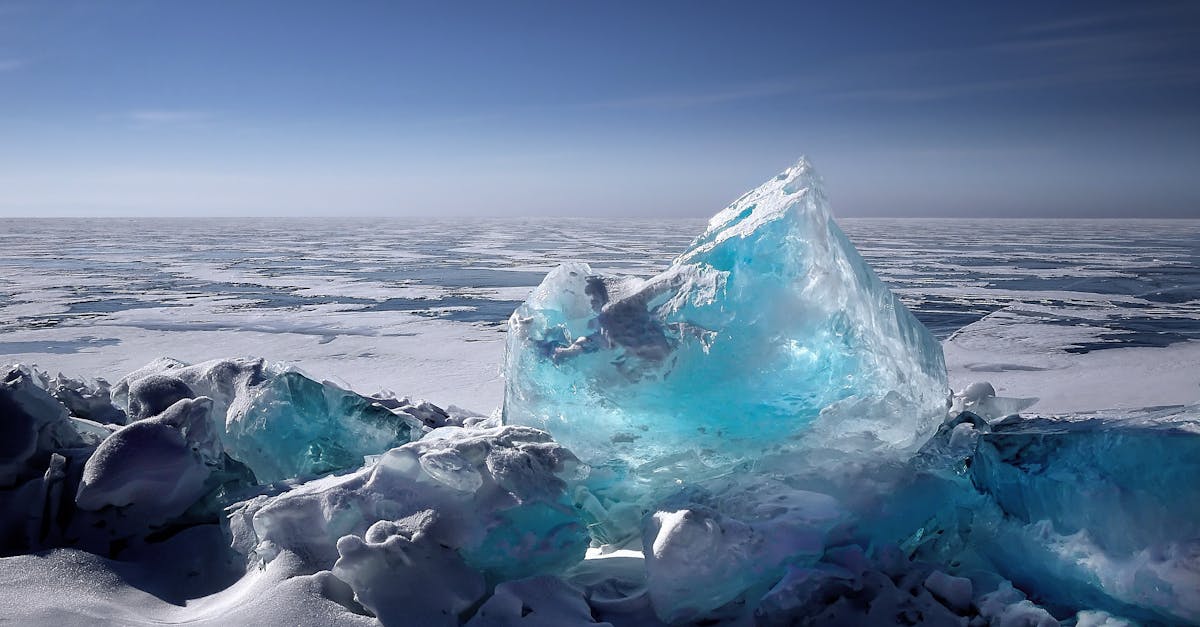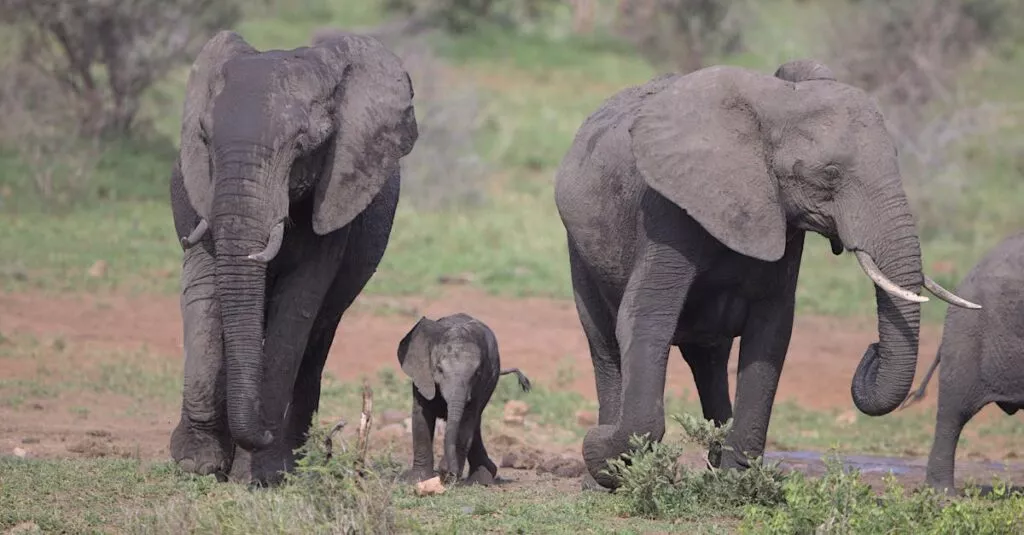Introduction to Wildlife Photography
Have you ever wondered how photographers capture those amazing shots of rare animals? Wildlife photography offers an exciting way to connect with nature while helping raise awareness about endangered species. It’s more than just snapping pictures; it’s about telling stories through your lens.
In this blog, I’ll share some tips and tricks to get you started. Plus, I’ll sprinkle in a few personal tales from my own adventures in the wild. Let’s dive in!

Tip: When capturing wildlife, patience is key. Spend time observing your subject to capture their natural behavior.
Gear Up Right: Essential Equipment
Choosing the right equipment can be daunting, especially with so many options available. For wildlife photography, a good DSLR or mirrorless camera with a fast shutter speed is essential. A telephoto lens is also a must to capture animals from a distance without disturbing them. Don’t forget your tripod for those stable shots! I once tried capturing a leopard with a shaky hand—let’s just say the leopard looked more like a blur! Investing in the right gear is the first step toward capturing stunning images.

Understanding Animal Behavior
Understanding animal behavior is key to getting close without alarming your subjects. Spend time observing the animals you want to photograph. Learn their habits and routines. For instance, birds are more likely to be active early in the morning. Being knowledgeable about your subjects will help you predict their movements. I once spent hours watching a family of elephants, and it paid off when I caught the perfect shot of a baby elephant playing!
Patience and Timing
Patience is your best friend in wildlife photography. Animals don’t pose for the camera—they go about their business. Sometimes, it takes hours or even days to get the perfect shot. Embrace the waiting game, and enjoy the beauty of the natural world around you. On one trip, I waited for two days to photograph a snow leopard. The moment it appeared, all the waiting was worth it. Timing and patience can yield magical results.

Remember: Patience is key in capturing those unforgettable wildlife moments.
Post-Processing Tips
Once you’ve captured your shot, the next step is post-processing. Basic editing can enhance your photos without altering the authenticity. Adjust the brightness, contrast, and saturation to make your images pop. Software like Adobe Lightroom can be your best friend here. I often spend hours tweaking my photos, only to realize I should have stuck with my first edit! Remember, less is often more.
Image for illustration:

Emotional Challenges in Wildlife Photography
Wildlife photography can be emotionally challenging. Watching these magnificent creatures and knowing their populations are declining can be heartbreaking. It’s important to stay positive and remember that your photos can inspire change.
When I first photographed a polar bear, I was overwhelmed with emotion. Use that feeling to drive your passion. Share your photos, stories, and knowledge to raise awareness and encourage conservation efforts. The world needs more voices speaking up for these amazing animals.

Remember:
- Stay positive
- Inspire change
- Encourage conservation
- Raise awareness
